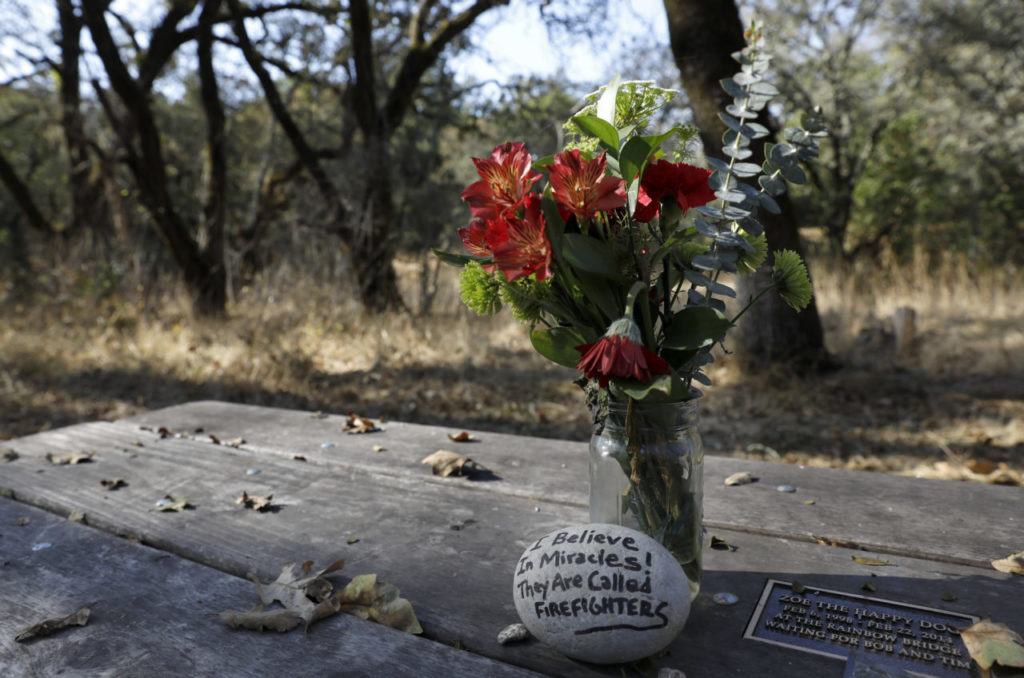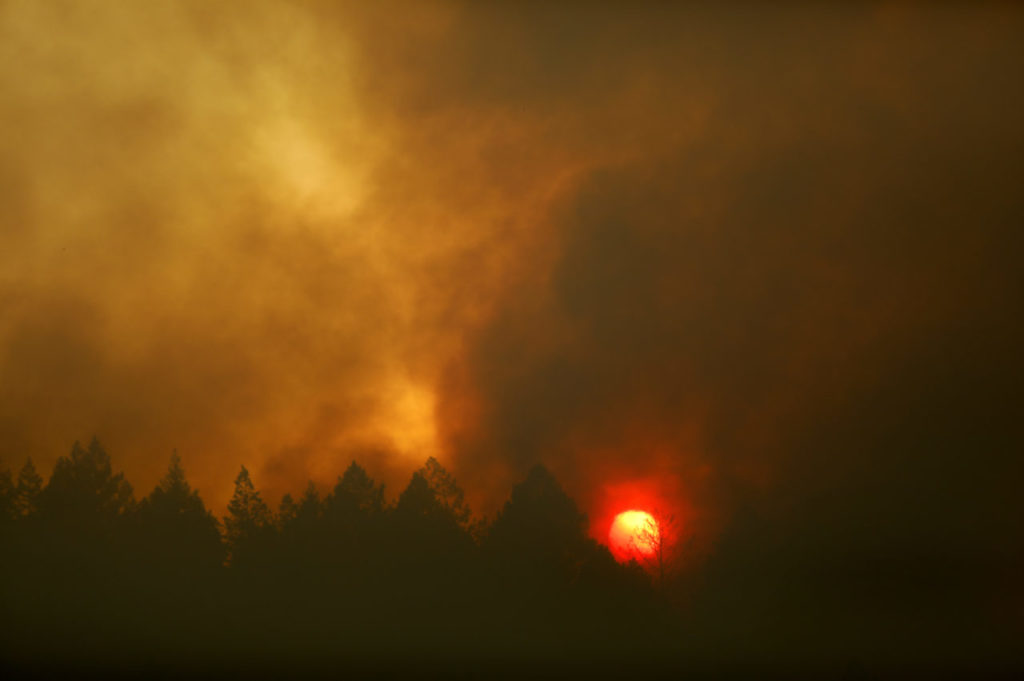Catastrophic wildfires that claimed lives and destroyed property around the North Bay also took a toll on public parklands and open space, scorching ridgelines and setting undeveloped mountains ablaze.
In the weeks that followed, the post-fire assessments in Sonoma County were stark.
Sonoma Valley Regional Park was entirely burned over by fire and 93 percent of Shiloh Ranch Regional Park was burned. At Sugarloaf Ridge State Park, 80 percent burned, including five homes for park personnel that were destroyed. More than 60 percent of Trione-Annadel State Park and Hood Mountain Regional Park were damaged by flames, officials said.
But the resilience built into nature already has begun restoring many formerly bleak landscapes with the brilliant green of new life. Nearly all the trees and native plant life in the region’s fire-affected parks, well-adapted to flames, are expected to recover, said Melanie Parker, natural resources manager for county regional parks. Plant species will be re-sprouting from existing plants or germinating from seeds stored in the soil.
Spring is expected to reveal unfamiliar wildflower species blooming from seeds that until now have been latent, Parker said.
“I’ve seen oak trees putting new leaves on,” she said two months after the firestorm started.
“I’ve seen shrubs, like coyote bush and manzanita, already putting new leaves on. I’ve seen soap root re-sprouting. It has this big root, so it’s putting up new leaves.”
Park managers already have reopened Sonoma Valley and Shiloh Ranch regional parks, as well as the unburned parts of Trione-Annadel State Park. They hope soon to have some portion of Sugarloaf Ridge State Park open to the public.
Even some areas of badly scarred Hood Mountain Regional Park may be admitting visitors soon.
“I think people are going to be so shocked,” she said. “Even by February, as you walk along trails, you’re going to see significant re-sprouting and reseeding.”
Park personnel have done most of the work possible to rehabilitate firelines and stabilize slopes at risk of erosion. But they mostly want to make room for nature to work its own magic.
They also know that opportunities to get out in nature are needed more than ever, given the widespread anguish, and have worked hard to get parks reopened. Visitors initially taken aback by evidence of fire can quickly be made to focus on signs of renewed life, she said. They are eager to share their own experiences with the fire.
“People are telling their stories, and it’s becoming this storytelling thing,” Parker said. “There’s a lot of interesting healing going on.”





















